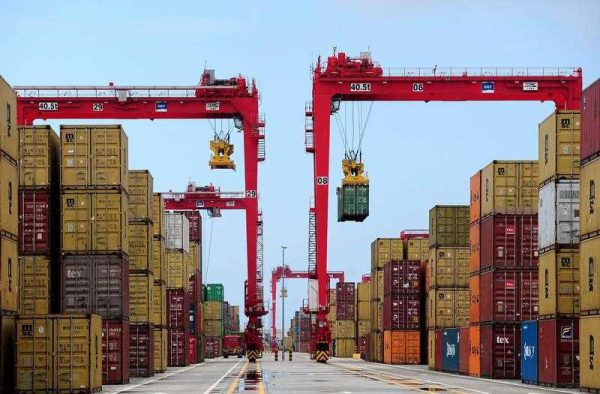It predicted that a somewhat similar experience to Japanese foreign direct investment (FDI) inflows to ASEAN countries in the 1980s — the so-called ‘flying geese’ phenomenon, whereby industries are first established in more developed countries then move progressively to less developed ones — would be seen in South Asia with FDI from the Indian IT sector taking the lead. But this hardly happened over the last five years, with Indian IT investors preferring countries like the US, the UK and Singapore for investment rather than other South Asian countries.
The total FDI outflow from India to the rest of the world increased from US$20 million in the early 1990s to US$15 billion by 2011, albeit with some fluctuations. India is the largest investor among South Asian Association for Regional Cooperation (SAARC) countries in South Asia but the regional share of Indian outward FDI has declined continuously from 4.5 per cent in 2003–2004 to a mere 0.1 per cent in 2006–2007. Generally, FDI from large developing countries like China and Brazil is heavily concentrated in other developing countries. But during the past decade the destination of Indian FDI has shifted in favour of developed countries and transitional economies. This has partly contributed to the decline in the South Asian share.
A study of Indian outward investment by United Nations Conference on Trade and Development in 2004 identified four reasons why Indian FDI generally flows to developed countries. First, Indian firms are looking for international brand names, for instance, Ranbaxy Technologies acquiring the French firm RPG Aventis in 2003 and Tata Tea acquiring UK-based Tetley Tea in 2000.
Second, access to technology and knowledge has been a strategic consideration for Indian firms seeking to strengthen their competitiveness and to move up the production value chain; one example of this would be Wipro acquiring the American firm Nerve Wire Inc.
Third, the success of Indian service providers in outsourcing IT Services, BPO and call centres by firms in developed countries has exposed them to knowledge and methods of conducting international business, which in turn has induced outward FDI with demonstration and spillover benefits.
Fourth, securing natural resources has become an important driver for Indian outward FDI. For example, Hindalco acquired two copper mines in Australia, and ONGC has bought a 20 per cent stake in the Sakhalin-I oil and gas field in Russia. All these factors point to Indian firms wanting to develop a portfolio of locational assets as a source of international competitiveness and visibility.
But, leaving aside these factors, the general business climate in the South Asian region is also a factor that discourages Indian FDI. Most South Asian countries rank low in indicators of the ease of doing business although they still possess the comparative advantage of low labour costs. Regional countries also fear Indian domination and therefore are much friendlier to non-Indian sources of FDI. For example, in Bangladesh in the early 2000s, the Indian group Tata’s proposal to invest US$3.6 billion in a urea fertiliser plant and a steel mill and the Mittal Group’s proposal to invest US$2.5 billion in a steel mill, both fell apart due to domestic political developments.
In Sri Lanka, the Indian Amul Company came to the market in 1997 for liquid milk production and functioned till 2000, and then pulled out its investment due to trade union hostilities in the factory incited by the milk powder import lobby in Sri Lanka. In the Maldives, the GMR Group of India, which embarked on an airport modernisation project in 2010, had to exit the project due to unilateral termination by the Maldivian government in 2012. The point to be noted is that in general, there is a non-friendly attitude (not necessarily hostile) towards Indian FDI in the region.
With low intra-regional trade (5 per cent), the trade-investment nexus is weak in the SAARC region. Perhaps it is time to make investment liberalisation a priority item on the SAARC agenda if more Indian outward FDI is to be seen in the region. More broadly, there also needs to be a change in attitude both from India and its neighbours if more investment from India is to flow to the South Asian region.
Saman Kelegama is the Executive Director of the Institute of Policy Studies of Sri Lanka

